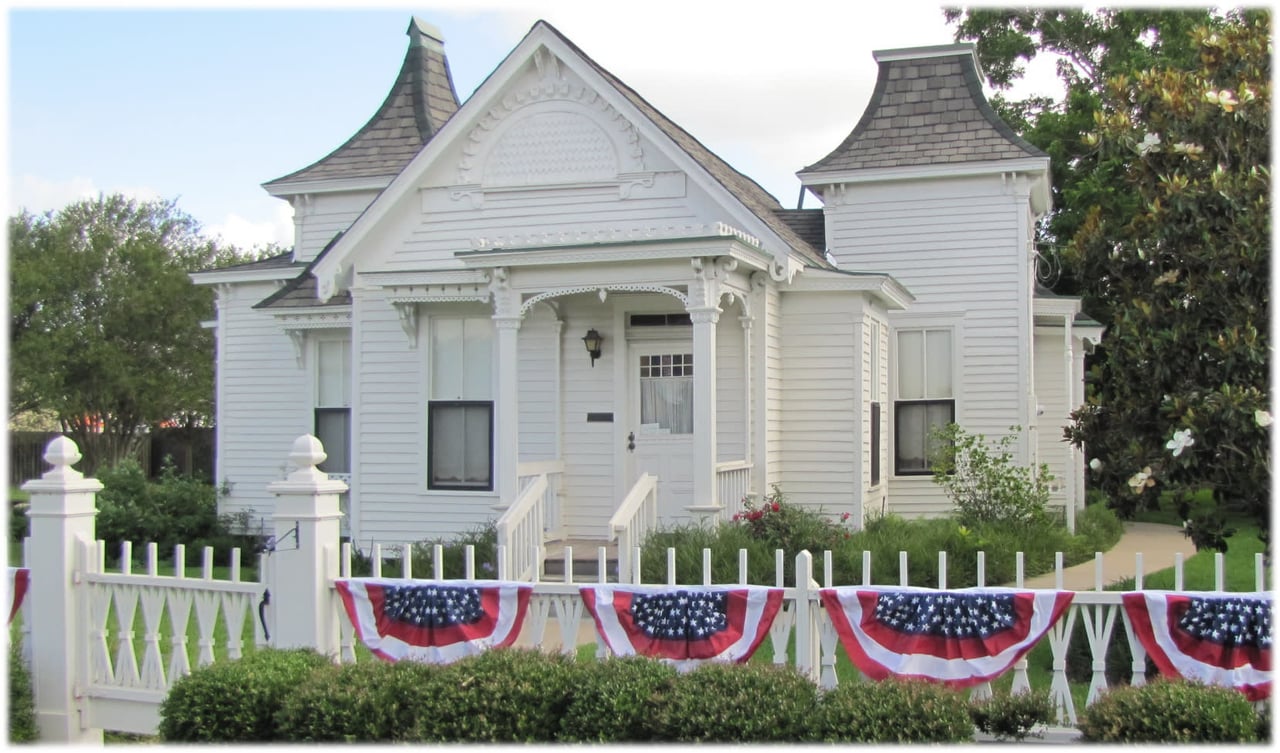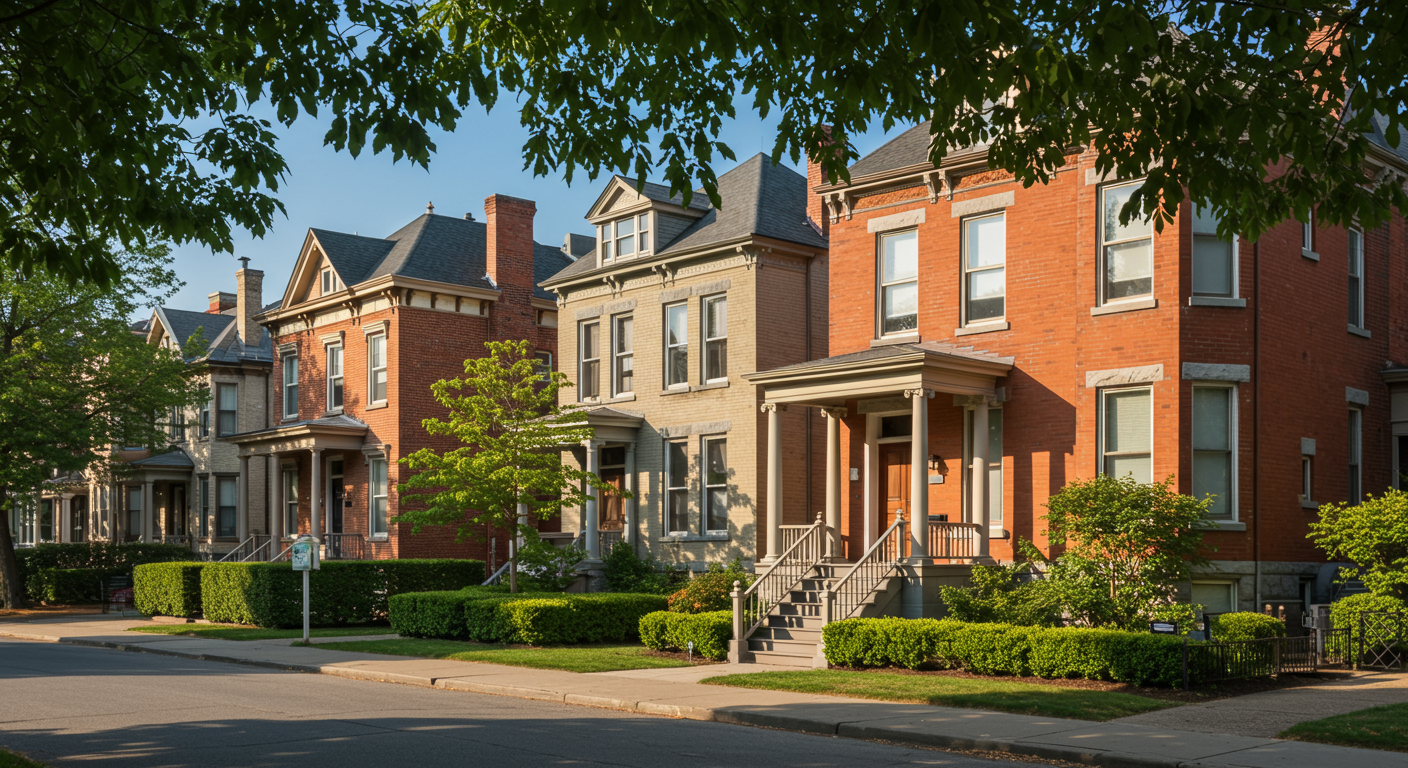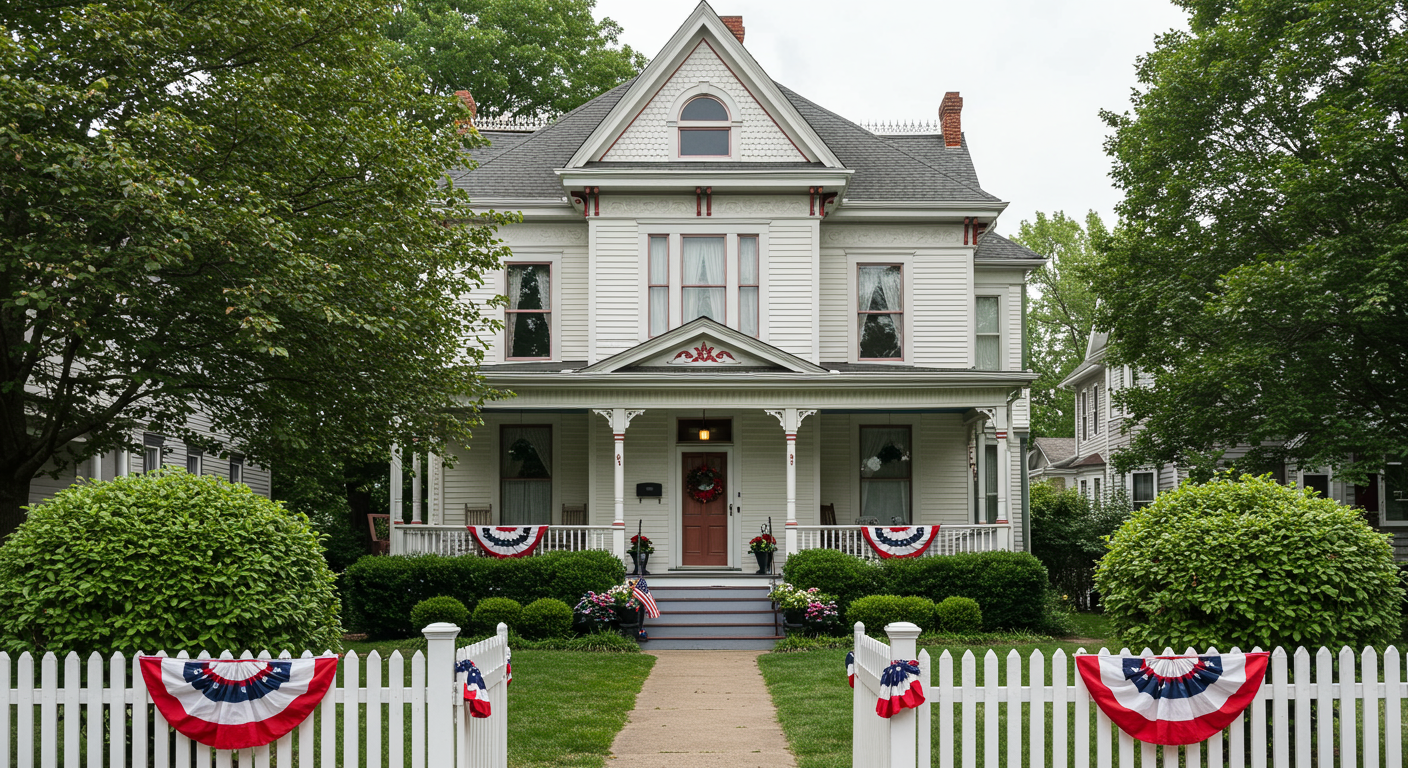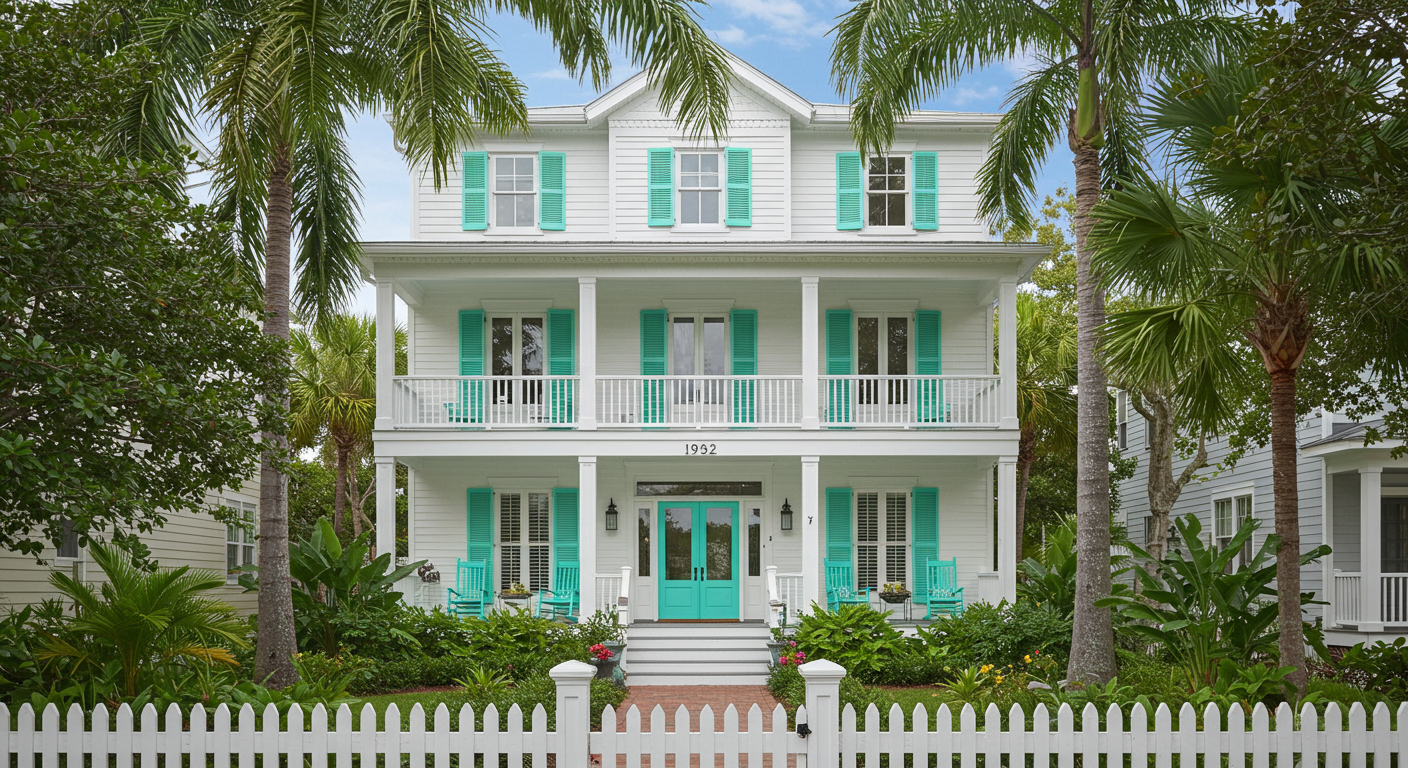Investing in Historic Property? Here’s What You Need to Know.
The experience of residing in a historical building is unique.
The allure, character, and connection to the past that come with historic homes are qualities that are often hard to find in new construction.
Historic neighborhoods frequently have exquisite planning and share the same historic charm as your home. Homeowners who are dedicated to upholding the neighborhood's sense of authenticity and uniqueness frequently reside in historic neighborhoods. These are elements that typically increase your home's value over time.
Here are a few things you should be aware of before making a purchase.
Regulations May Limit Renovation Options
If you're not using the historic designation to submit an application for lending, the National Historic Register doesn't place many limitations around what users can do with their property. State and local laws governing historic properties, however, are a different story.
Depending on the location, you might have few or no restrictions on the type of property you can buy or you might have to follow very strict codes.
In a historic district, the following exterior features of your residence might be subject to regulation by the local authority:
- The outdoor paintworks
- The applicable fixtures and hardware
- The applicable materials e.g. (for wood over plastic)
- The allowable windows styles and window treatments
- The breadth and height of the building
- The roof pitch
- The setback of the building from the street and its influence on street life
During a renovation project, ensuring you are in compliance with rules like these frequently requires the assistance of professionals. Finding architects and contractors with deep expertise in historic homes will be necessary, and this can significantly increase the project's cost.
Last but not least, demolishing your historic property would involve clearing a few hurdles if you decided it was beyond correction or that remodeling would cost more than the property itself. A historic homeowner may occasionally have to stand in line from six months to a full year for the necessary approvals to tear down the house.
Necessary Renovations May be Expensive
First of all, it's important to note that home remodeling can be costly regardless of the house’s age. Homes built centuries ago have occasionally performed better than homes built recently. Before completing a purchase of a historic home, you must be aware of the renovations that will be required.
Older houses are notorious for having drafts. As they get older, they change, hence leaving gaps in the insulation or window casings that let outside air in.
Older homes were frequently built with some energy-saving strategies in mind. These consist of thicker walls, awnings on porches, and mature trees that are placed in strategic locations. The newest, most energy-efficient facilities, like insulated doors and windows, aren’t present in all of them, though. Older homes might also require extensive renovations, which could easily run into the tens of thousands of dollars, to small details like wiring or heating systems, for instance.
Before making any significant choices, you could perhaps engage in a comprehensive building inspection, ideally from an inspector experienced with historic homes. A trained inspector should be able to look for problems like lead paint, asbestos, or faulty wiring that are typical in older homes.
Modern Amenities May be Elusive
The facade of the building is subject to the majority of the laws that govern historic homes. As a result, you'll likely have lots of choices when it comes to remodeling the homes inside.
However, it doesn't follow that interior modification, revamp, or renovations will be simple or inexpensive.
It can be costly and challenging to make modifications to things like plumbing, floor plans, heating, and cooling systems. Current safety and energy efficiency codes will probably need to be followed for any new construction.
Too many contemporary additions may also reduce the value of your house. A particular demographic of buyers with a keen interest in conservation and protection are drawn to historic homes. It's possible that withdrawing some of the building's historical elements will lessen the authenticity that potential buyers may find appealing.
How to get a Historic Home Without the Headaches
It is possible to discover a modern building home that also has the depth of character of a historic home, though this is uncommon.
For starters, some historic districts sometimes have vacant properties that permit new construction. You must take extra care to recruit construction workers who are knowledgeable about historic buildings if you're going to build a new house in a historic district to ensure that it complies with all rules.
However, there are a few instances of new construction projects in historic neighborhoods that make a concerted effort to honor the neighborhood's historical heritage while also utilizing all of the newest conveniences available in newer construction.
Conclusion
If you’re considering buying a historic property, you will need the input of an experienced property professional. Call upon the experts at Chris Price Realty. We can advise you accordingly.



